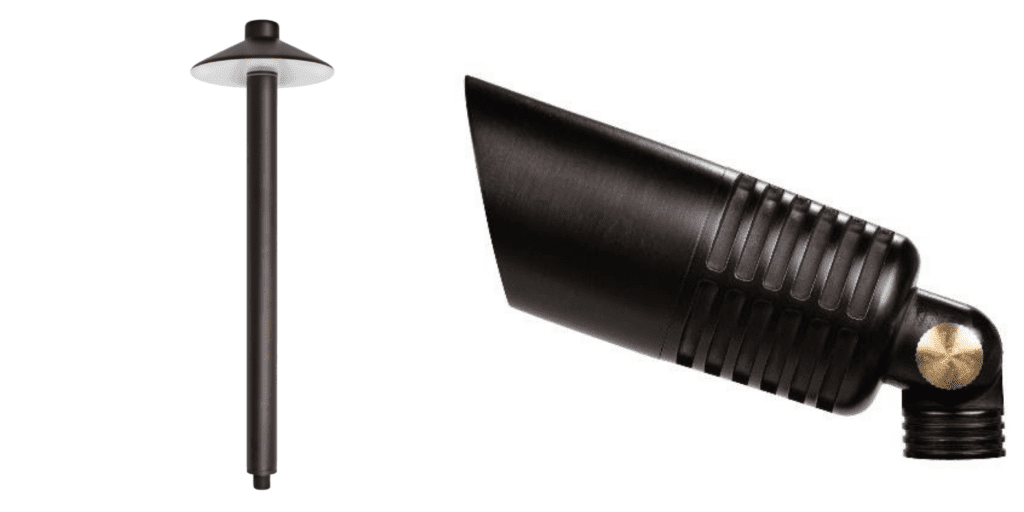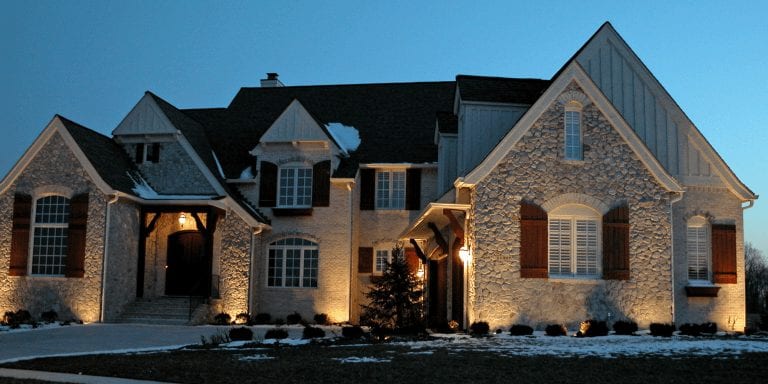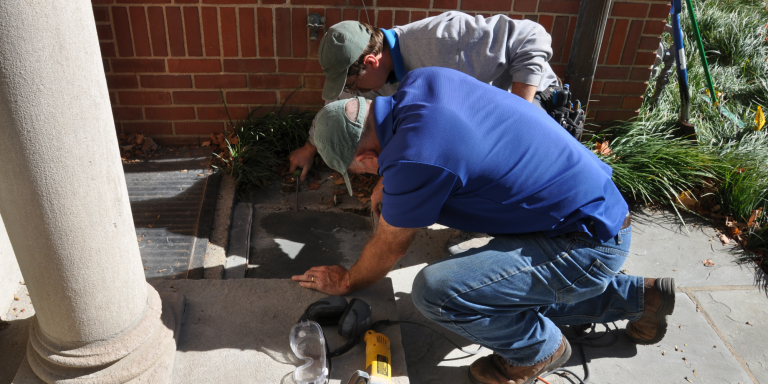Most homeowners that are looking for outdoor lighting for their home know they want their house to look awesome at night but really don’t know much about the landscape lighting fixtures that will create the look they want. Terms such as beam spread, CRI, L70, IP Rating, brass vs. aluminum, drop-in vs. integrated, single diode vs. multi-diode, lumen output and Kevin temperature are foreign. Does it make any difference which landscape lighting fixtures are used? It sure does!

What is a homeowner to do?
The unsuspecting shopper of landscape lighting isn’t aware of the differences and sadly, most people who sell landscape lights don’t either. Even within the landscape lighting industry, many people who sell landscape lighting don’t know much more than the homeowner when it comes to knowing the difference between the fixtures. That is the blind leading the blind. It is not uncommon to find that homeowners who live in expensive homes and drive a luxury car default to purchase cheap fixtures. Most likely this is because they haven’t been educated on the differences between fixtures.
While there is plenty of “stuff” on the internet about outdoor lighting, most of it doesn’t educate the consumer about the differences in fixtures. A homeowner could spend a lot of time researching and learning the differences between fixtures on their own or find an expert in the outdoor lighting industry that can educate them.
What qualifications should a homeowner look for?
Since there are lots of fixture installers more than willing to sell a lighting system how can someone find an expert? Experience helps. As with most professions, the longer one spends honing their craft the better one should be. Those who are experts in the landscape lighting industry will have certifications by the Association of Outdoor Lighting Professionals such as a Certified Low Voltage Lighting Technician or Certified Outdoor Lighting Designer. Membership in the International Landscape Lighting Institute will ensure they are an expert in the nuances of landscape lighting. At Luminocity, our team includes two of just five Certified Low Voltage Lighting Technicians in the state of Indiana.
What makes for a great fixture?
While some fixtures are made of powder-coated aluminum, the better ones are made of brass. Over time, aluminum fixtures can pit (corrode) and if the painting process isn’t done properly, the paint will flake. Several years ago when I began in the landscape lighting business, we installed a pair of aluminum fixtures at the entry of a home. About 3 years later, when we returned for maintenance work, we were in for a surprise. Even though both landscape lighting fixtures were installed on the same day, one looked almost new while the other looked old since the aluminum had corroded and some of the paint had flaked off.
What is Color Rendering Index?
Color Rendering Index (CRI) is another important feature to consider when determining which landscape lighting fixtures to install at one’s home. When shopping for clothes have you ever noticed that they can look different in the sunlight as compared to how they looked in the store? That is due to the differences in color rendering. Sunlight provides a true representation of the color. Clothing stores often have a lower level of CRI in their lighting.
CRI is not a measure of brightness, but how sharp colors would appear under the given light source. The CRI of a light source can have a profound effect on how the walls of a home and plants look at night. The higher the CRI number the better the fixture’s color rendition. While a CRI of 80 may be considered good a value of 90 or higher is excellent. It is easier to think of CRI as test scores where 80s are Bs and 90s are As. A high CRI will make the colors of trees and the walls of a home “pop.”
How is CRI connected to LEDs?
LED lamps are rated based on how well the light output compares to sunlight. This scale is the Color Rendering Index. It is a scale from 1-100. The better lamps will have a CRI of 90 or better. Some homeowners might not care but they should. If they really want their home and landscaping to look their best they should insist on fixtures with a CRI of 90 or higher.
When it comes to choosing which fixtures are right for your home, be selective because it makes a difference. Ask the lighting designer about the fixtures they recommend and choose the higher CRI when given the option. If you are ready to install or upgrade the landscape lighting fixtures at your home, contact Luminocity for a consultation today!






